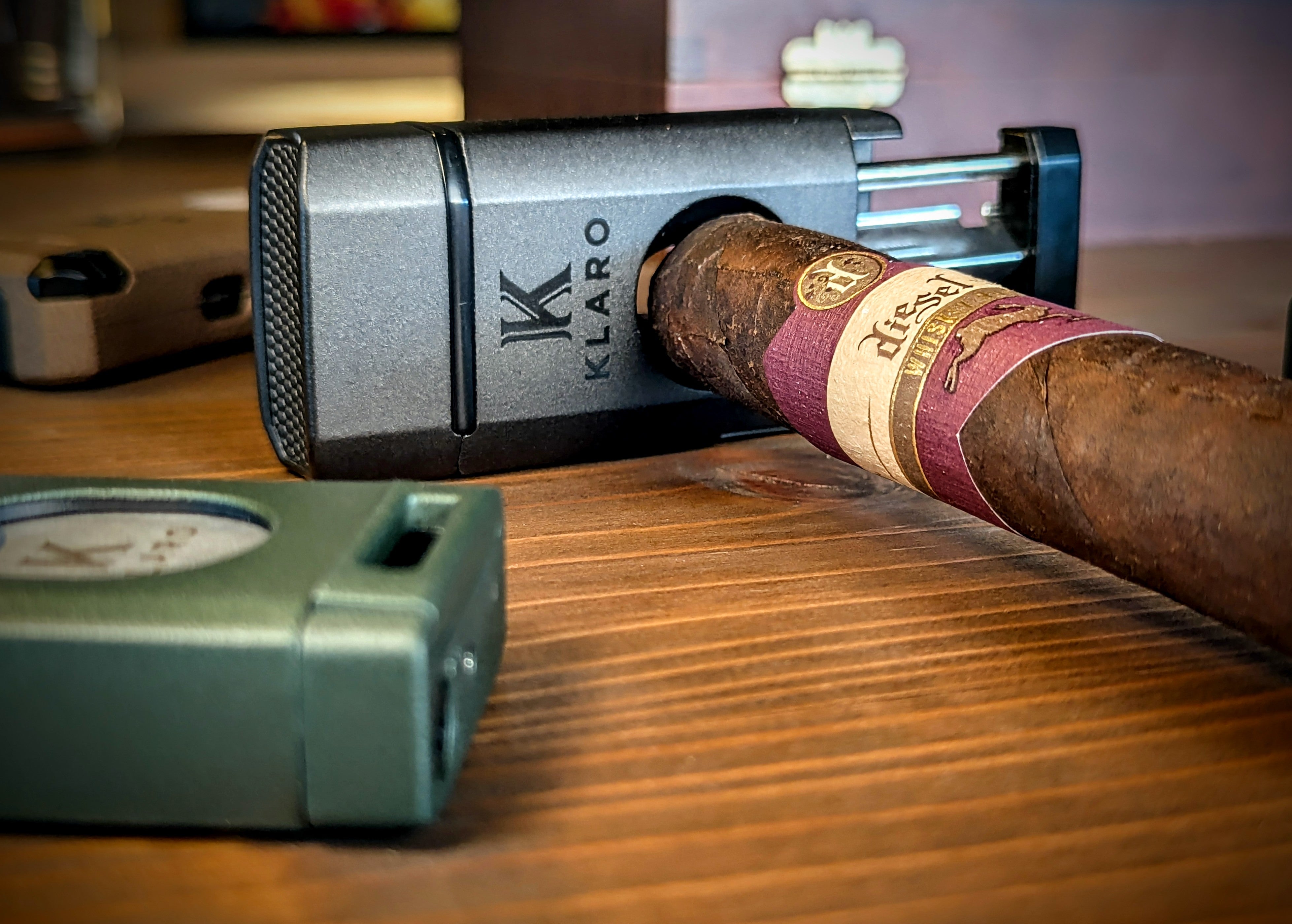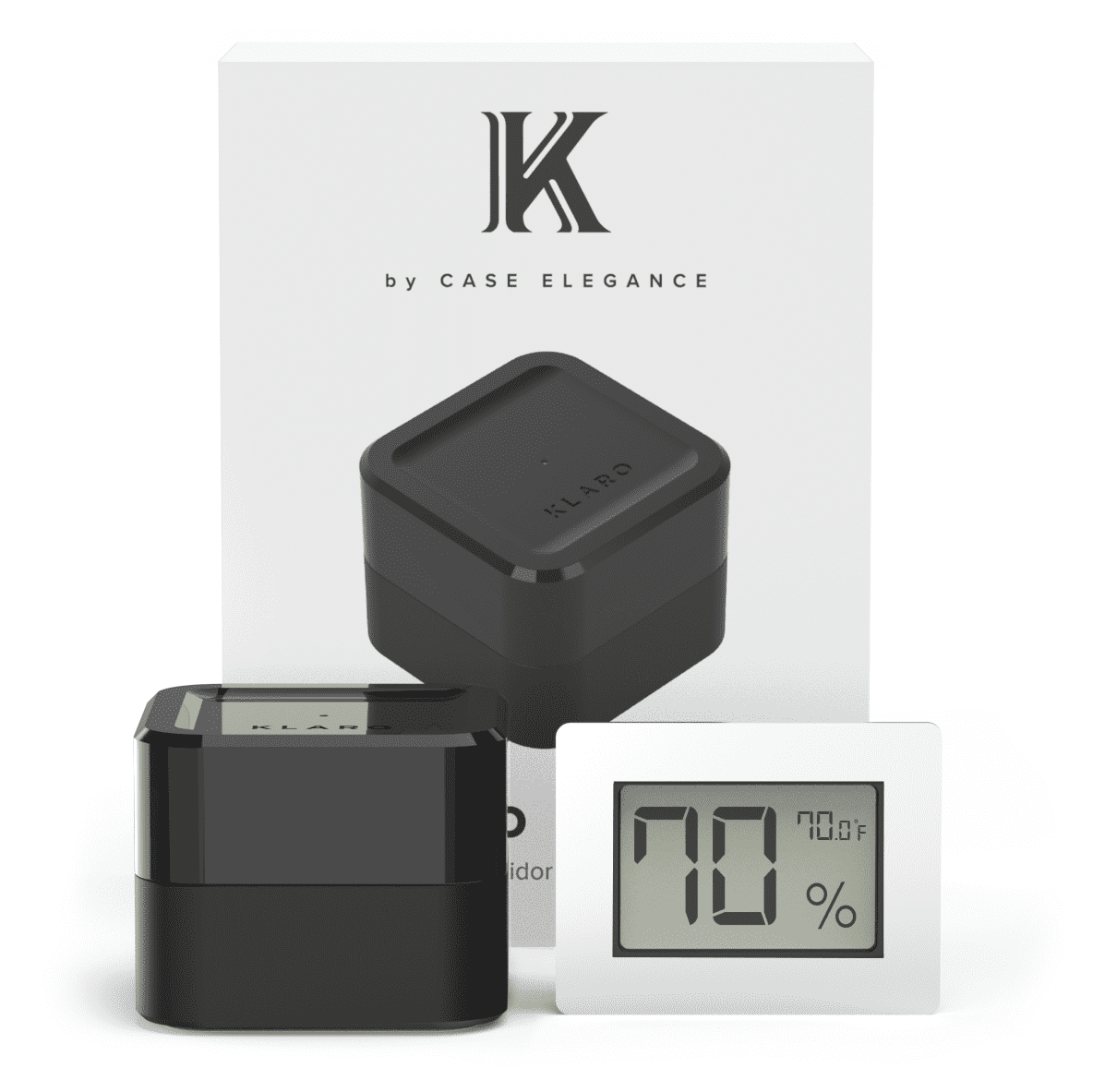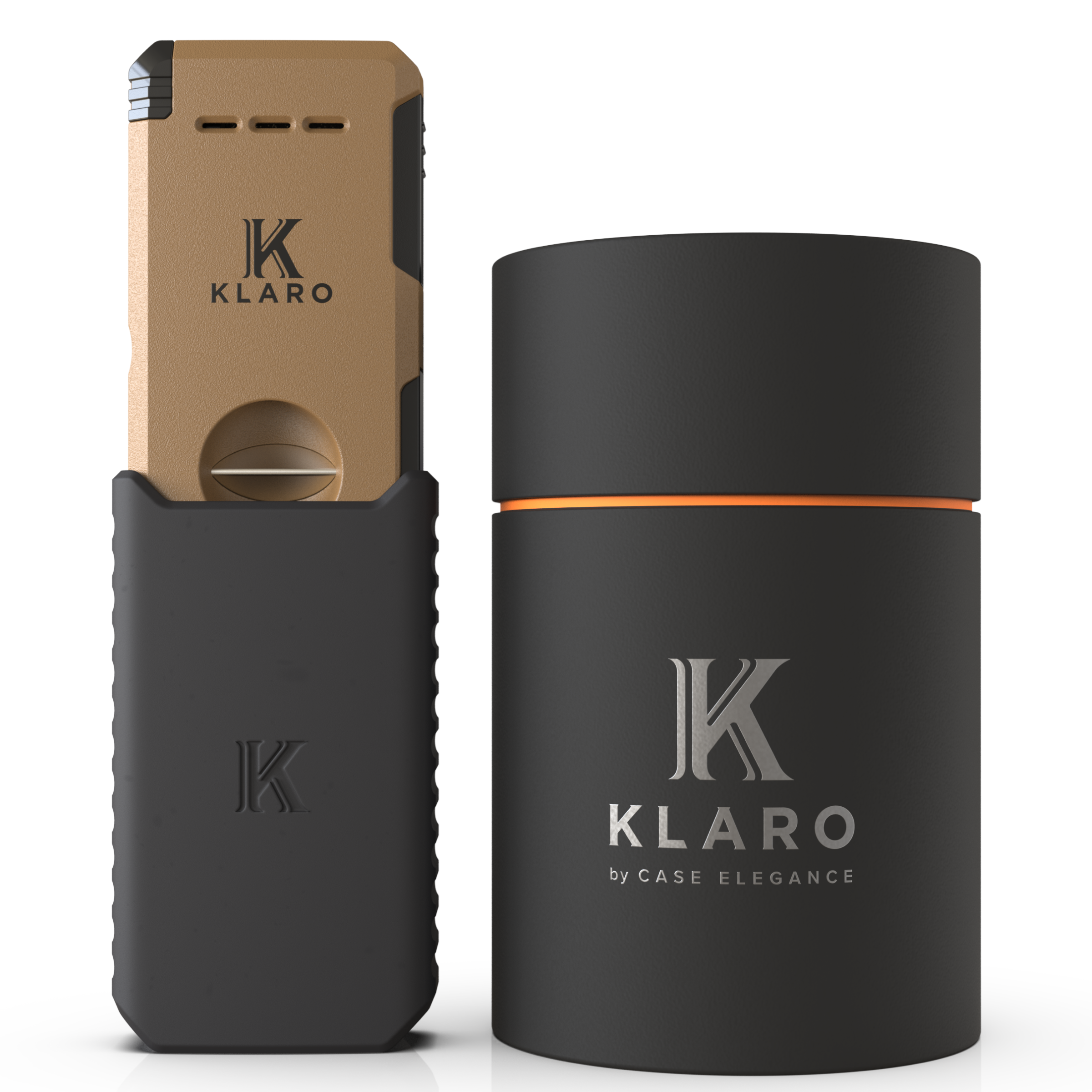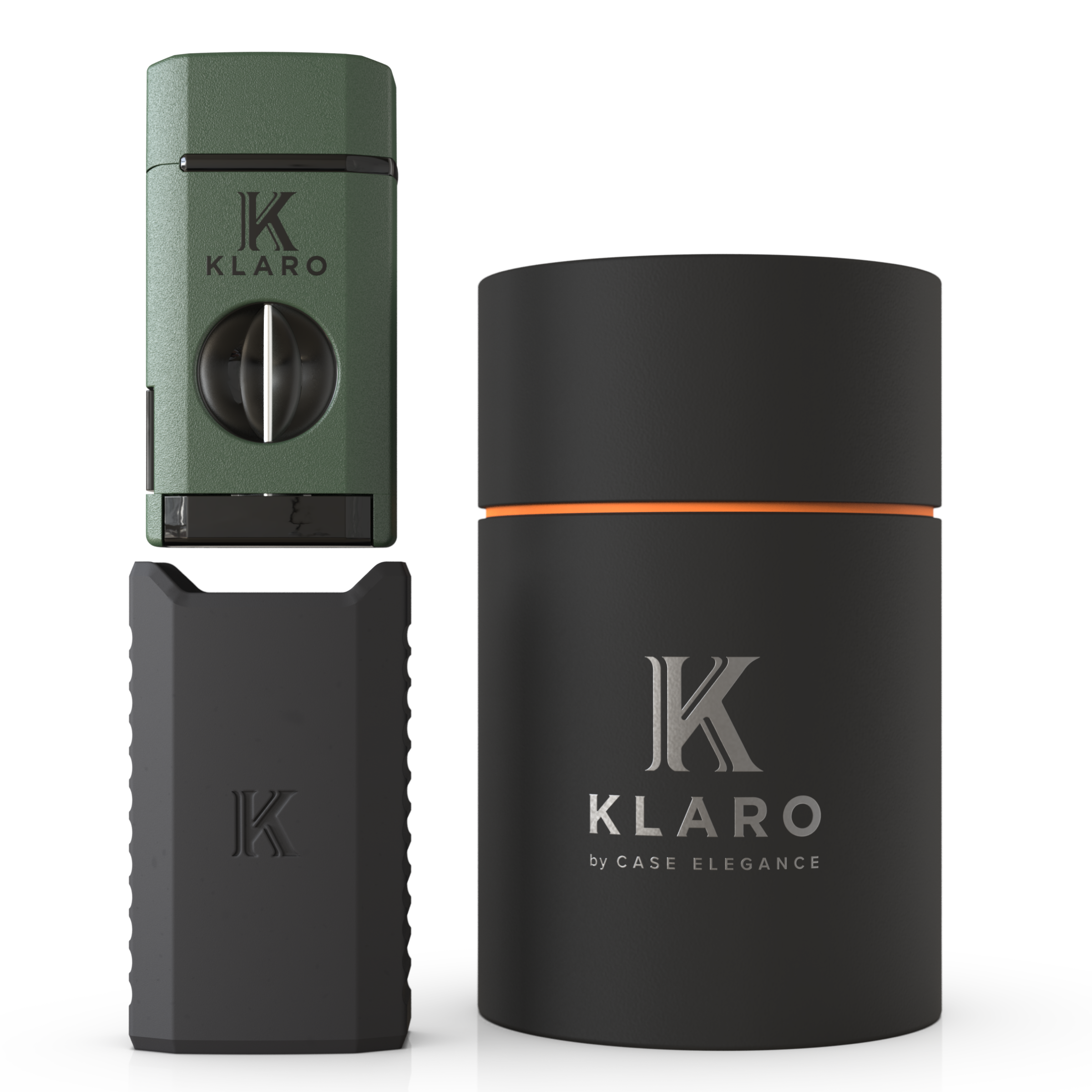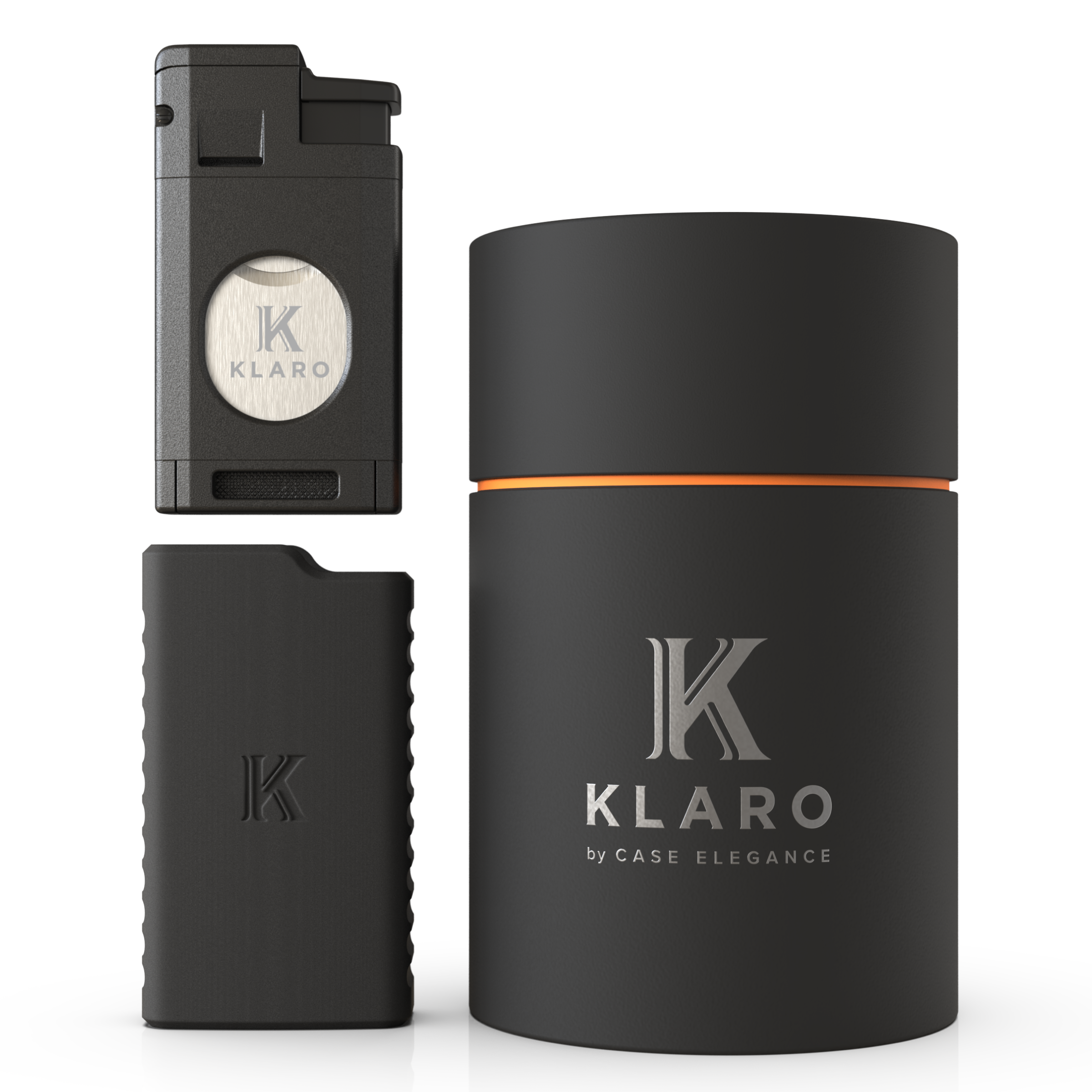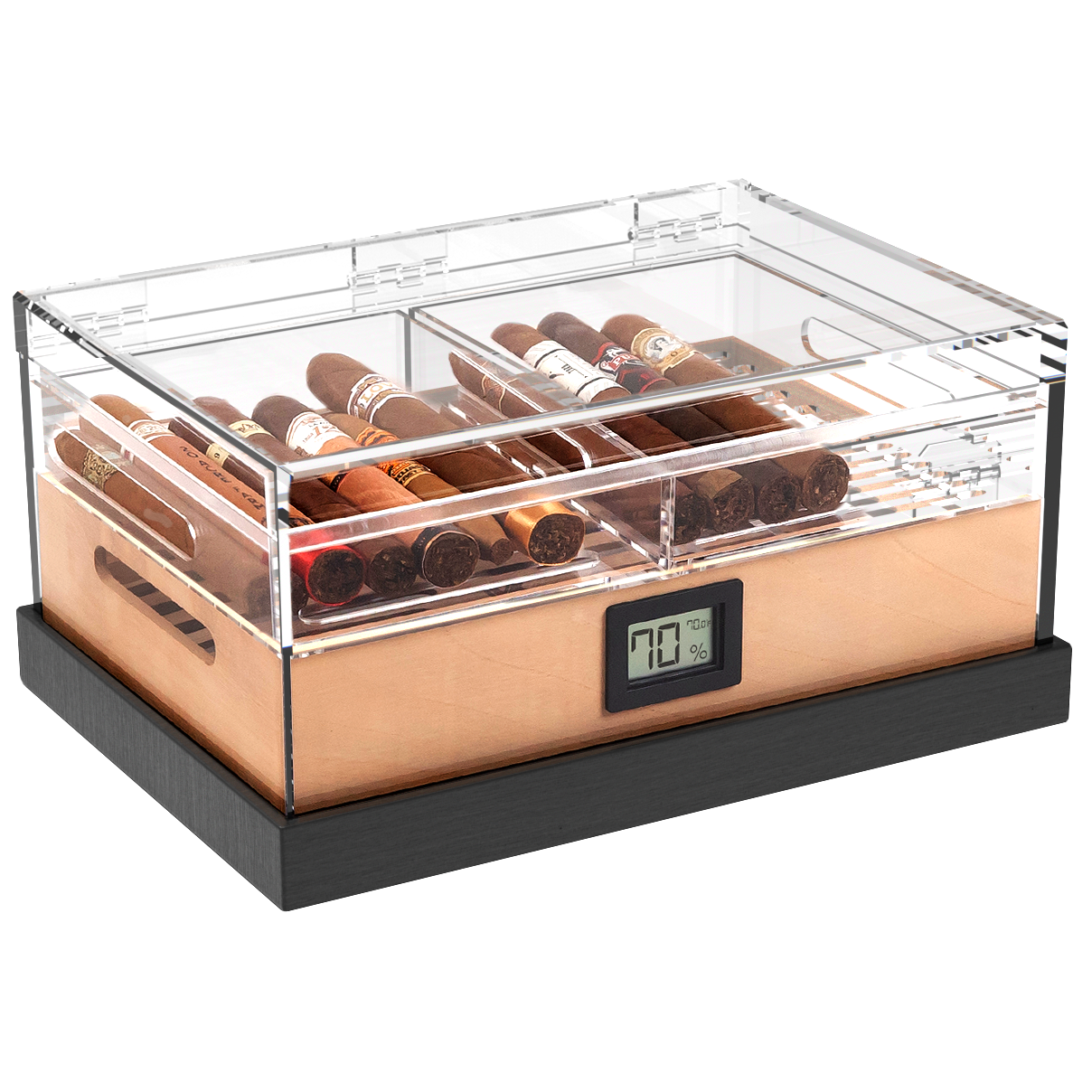
You tend to notice the humidor room inside an establishment right away. Whether it’s the location of the walk-in humidor or the glass walls and rows of brown hues behind them, it’s hard to miss a cigar room. And harder still not to take a look at their selection.
Maybe there’s something appealing about glass enclosures. Would we be as intrigued if walk-in humidors were protected by a nondescript doorway and informative signage? Probably not.
Glass top humidors at home have the same appeal: these styles of humidors let you take a look at the selection inside. It’s an aesthetic thing, sure. It’s also pragmatic, because the less often you open your humidor, the less exposed the cigars are to air that’s not been conditioned to the perfect humidity.
Now, you’ve likely seen the acrylic cigar humidors you can buy, completely transparent, and the selection inside is visible from any angle. But, unfortunately, these lack the Spanish cedar inlay that is so imperative for quality humidors. Glass top humidors are often the appropriate balance of aesthetic and function.
We’ll take a look to see if the glass top humidor is the right call for both keeping your cigars protected while also showing off your collection.
How Glass Tops Increase the Cigar Life
Let’s start with the practical—why glass top humidors can actually help keep your cigars safe.
An important question you need to ask yourself: how often are you showing off your cigars or taking another peak yourself? We tend to enjoy cigars beyond the smoking experience. We appreciate the craft and how they’re rolled, the different types available, even the design of the labeling and packaging that cigars arrive in. And because of this, we’re more likely to handle our cigars more often prior to smoking them.
A glass top humidor creates some healthy distance, allowing you and your friends and business associates to take a look at your collection without interrupting their storage environment or, worse, leaving oils and residue on the cigars that could potentially damage them.
The second most common reason we open humidors too often is to check the humidity levels. You typically want to avoid purchasing a fully-enclosed humidor with an internal hygrometer, because you’ll have to open the case every time you need to check the reading. Glass top humidors will likely come with an external hygrometer, which will prevent you from opening it unnecessarily. But if it doesn’t, ensure the internal hygrometer is visible through the glass top. It’ll keep your cigars healthier.
The Oxygen Argument
But isn’t it better to air-out your humidor on occasion? Some cigar owners will recommend you expose your humidor to “fresh” oxygen often to keep your cigars healthier. Cigars do, in fact, release ammonia into the air as they are stored—and that’s what provides that barnyard-like aroma when you open a humidor. But, this doesn’t affect oxygen levels, and the cigars don’t “breathe” in the way plants would.
Instead, the aroma produced actually should be kept in the humidor as much as possible. This will contribute to the aroma of your cigars when you smoke them, which is imperative to experiencing the full flavor and nuances of the cigar.
Risks
There are some risks associated with glass top humidors, but we want to work through each to know just how much trouble a glass top humidor could cause you or your cigars. Let’s take a look at some common risks and debunk any that don’t hold water, as well as identifying any that you should have concern with.
While there are risks that can come with a glass top humidor, there are also some practices that will negate them, keeping your cigars well protected.
Sunlight
With a glass top humidor, the clear top can actually harm your cigars should it be left exposed to the sunlight or extreme lamp light. Think a magnifying glass, a warm day, and an unsuspecting ant colony.
When your humidor is exposed to sunlight, it can quickly raise the inside temperature of your humidor, which can have a dire effect on your collection. But this is a fairly quick work-around. Ensure your humidor isn’t exposed to sunlight, no matter what angle the sun comes through your windows and you’ll be fine.
Humidifier Placement
Some argue that a humidor humidifier--typically in the form of a humidification jar--should be located on the top of the lid, so that the moisturized air falls downward towards the cigar. For obvious reasons, this setup isn’t possible for a glass top humidor. But the problem might not be as much of an issue as some might believe. There are better humidification systems that don’t rely on a jar, humidor packs, or their placement.
For example, the Klaro Glass Top humidors each have the patent-pending Hydro System that keeps your humidor perfectly seasoned and between 60 and 70 percent humidity, without needing to place a humidification element on the underside of the top hatch. When you have a reliable hydration system, you can enjoy the aesthetic appeal of a glass top, assured the humidor humidity will remain accurate.
The Seal Question
When researching glass top humidors, you’re sure to hear some points of contention regarding the glass causing an additional seal. Most humidors rely on one seal—where the lid opens to access cigars. But with the glass element, there’s technically a second seal: where the glass meets the wood.
The glass piece should fit well, without any allowance of airflow. But not all humidors are made equally. Note that our own Klaro humidors boast a tempered glass top with a reliable seal. And also note that all Klaro humidors are airtight as each is equipped with a magnetic seal on the lid opening that prevents any airflow from entering or exiting the humidor.
If you still have concerns about the seal, however, some cigar enthusiasts have discussed a DIY modification to glass top humidors, using a small amount of odorless, food-grade or aquarium sealer to seal off the space where the glass meets the humidor wood.

But if you’re maintaining your humidor as recommended, these potential seal issues won’t have enough of an impact on the humidity of your humidor. Again, this is where you rely on your hygrometer, paying attention to humidity levels and also observing how often you’re replacing hydration for the humidor. If you see that you’re having to replace the humidor solution more often, there could be a bigger issue at play.
When you invest in a humidor of quality, you get the assurance that the function won’t be compromised by the aesthetic, and that’s the case with Klaro humidors.






